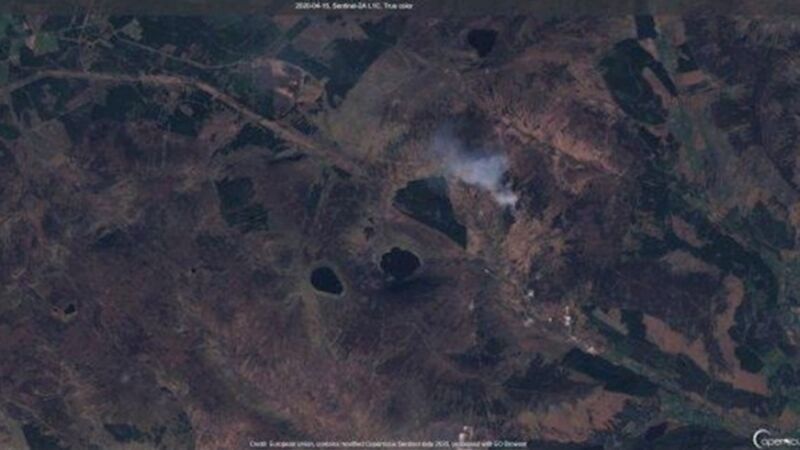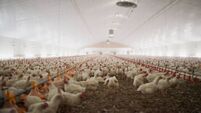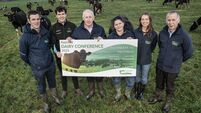Satellite images reveal devastating impact of wildfires

Satellite images taken by the European Space Agency have revealed the devastating impact of recent wildfires in Wicklow.
Culture, Heritage, and Gaeltacht Minister Josepha Madigan said the images convey graphically the scale of destruction, devastation, and loss of plant and animal life wrought by illegal wildfires. National Parks and Wildlife Service (NPWS) staff in Wicklow, with helicopter support, worked with the Fire Service in battling several separate outbreaks. There have been five significant fires in the region since Good Friday.
Based on the initial analysis, all these fires would appear to be agricultural in nature. One blaze burned over several days.
Ms Madigan said NPWS officials are preparing cross-compliance reports for the Department of Agriculture.

They needlessly tie up the State’s resources during the Covid-19 pandemic and are both reckless and irresponsible.
As custodians of nature, she said the vast majority of farmers and landowners respect the law on burning, and are sensitive to the natural heritage. She urged others to follow their example.
Coillte has again warned there is a high risk of fires now, particularly in upland areas. This is expected to continue during ongoing dry weather over the spring and summer months.
The company’s national estate risks manager, Mick Power, said forest fires pose a serious health and safety risk to the public and to people working in the sector.
“It is particularly important that emergency services are not put at additional risk during what is already an incredibly difficult period for all frontline services across the country,” he said.
Teagasc Forestry Development Department head Nuala Ní Fhlatharta said Agriculture, Food, and Marine Minister Michael Creed recently warned farmers they must not burn land at this time of year. Doing so may have serious consequences for farm payments.
John Casey, Teagasc Forestry adviser, said uncontrolled burning of land consumes more than just forests. It can damage lands, farm infrastructures, and contribute to the decline of farmland grazing potential.









